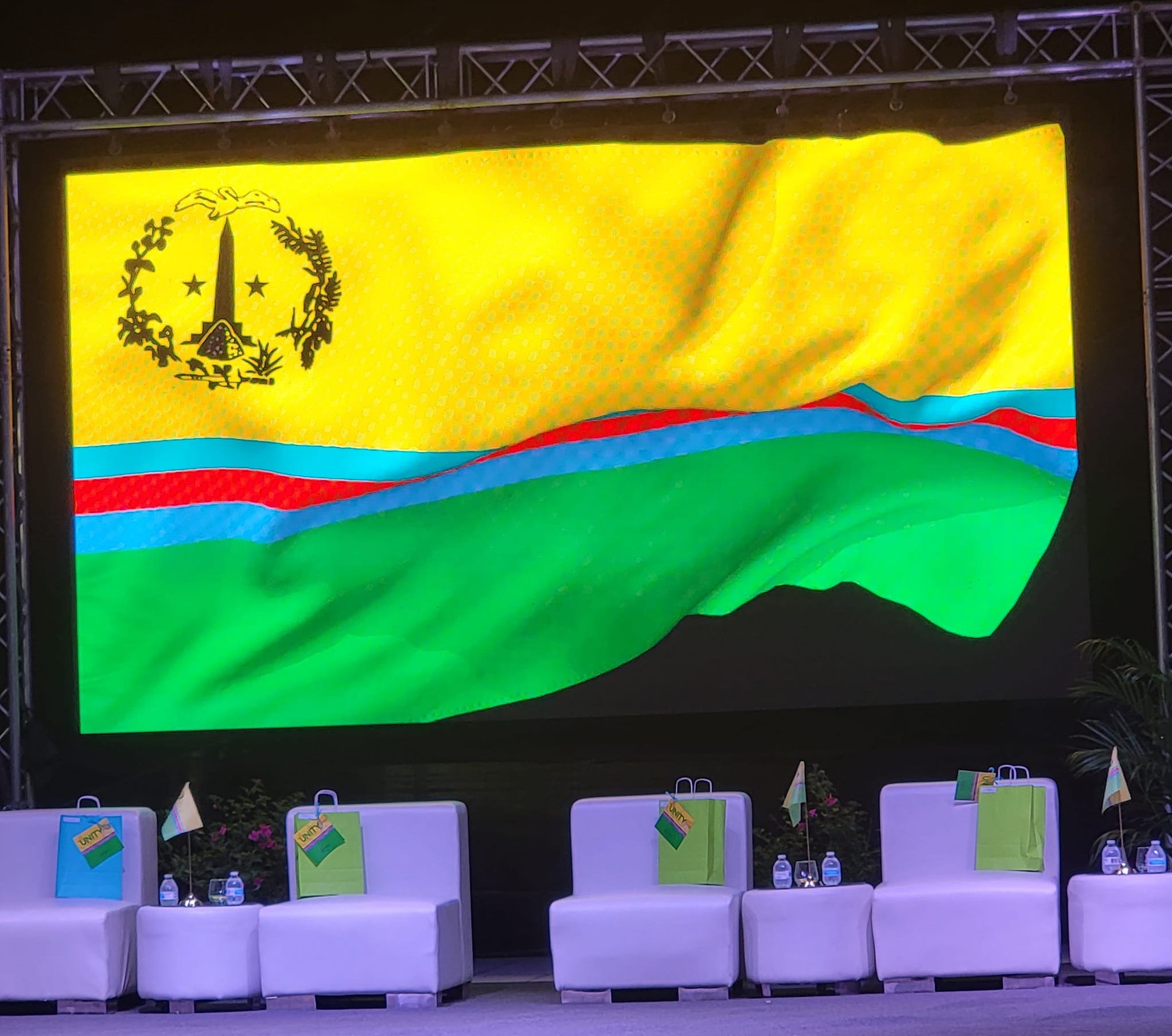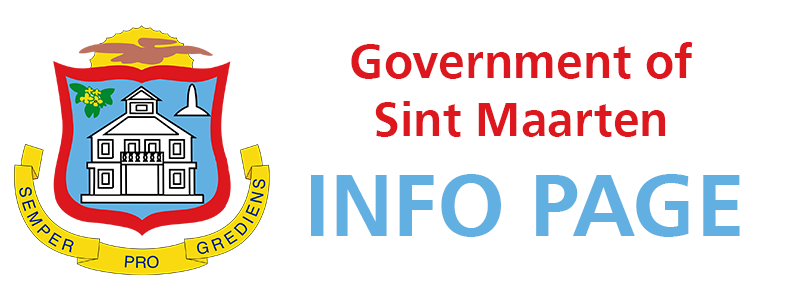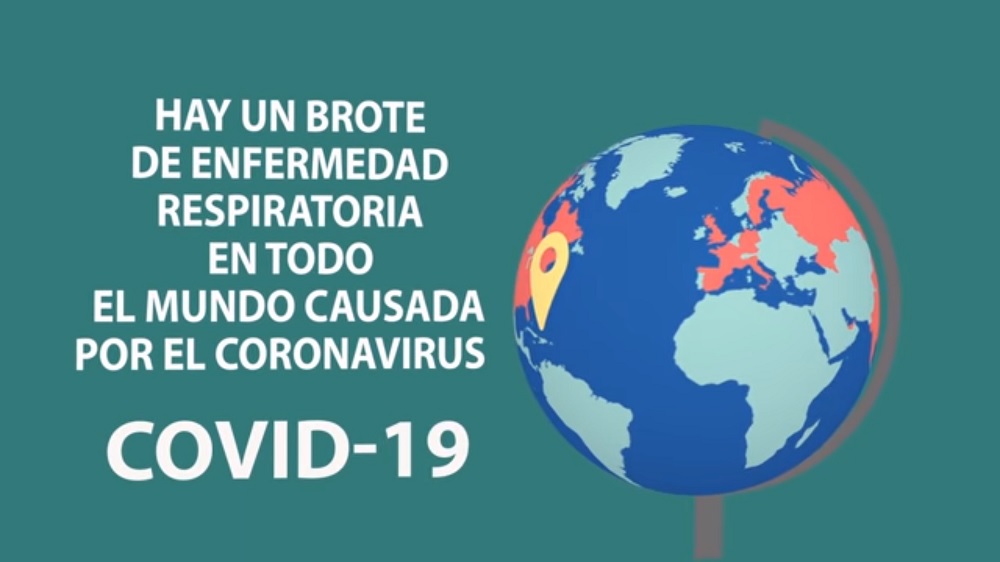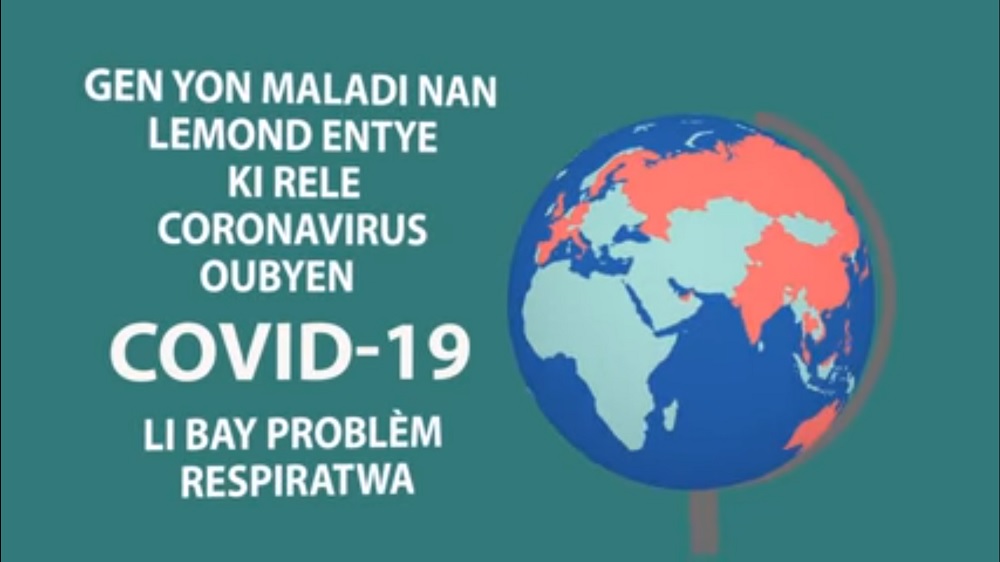Celebrating the St. Martin Unity Flag; spelling St. Martin Day and its meaning, by Rhoda Arrindell, PhD
(Article prepared for the first anniversary of the recognition of the St. Martin Unity Flag; panel discussion organized by the Collectivity of St. Martin. Lazy Bay, November 10, 2023.)
Firstly, let me congratulate my brother, President Louis Mussington, and his team for taking the initiative to put on the Unity Flag activities during the week leading up to St. Martin Day, and particularly those involving the school children, the ones who are inheriting the effects of the decisions we make today. I am both humbled and grateful for the invitation and opportunity to substitute for my other brother Lasana Sekou to highlight this important symbol of our culture, the St. Martin Unity Flag.
As each year we celebrate St. Martin Day on November 11, let us be reminded that November 11 is NOT a celebration of the “discovery” of the island by Christopher Columbus; it is NOT a celebration of the division of the island by the Dutch and French or the 1648 Partition Treaty, also known as the Treaty of Concordia.
Whereas the Treaty of Concordia—officially named the Partition Treaty by its architects—divides the island and exploits it in the interest of Europe, the Unity Flag, by contrast, underscores the historical unity of the island’s people.
The Curacao historian A.F. Paula wrote in his book Vrije Slaven that, certainly by 1816, the Blacks of St. Martin had already constituted themselves as a “united” community of enslaved people—and, according to Sekou, “we may add to that with certainty the centuries-long centrality of the Great Salt Pond at the foundation of that community.”
This unity helped the majority of the island’s people to survive the centuries of enslavement and later colonialism. It is also why today that we still have close relations with our immediate neighboring islands like St. Eustatius, Saba, Anguilla, St. Barths, St. Kitts and Nevis, St. Thomas, and St. Croix based on trade, family, and friendship.
So, yes, November 11 is the celebration of the oneness—not the division—of the St. Martin people. We know that the date was settled on in 1959 by two legendary, elected leaders of the St. Martin people, Claude Wathey from the south and Dr. Hubert Petit from the north, with the support of their contemporaries, especially Clem Labega and Felix Choisy, as a people’s celebration.
According to Dr. Petit, the founders of what is still the island’s only jointly celebrated day, were very clear that “the St. Martin people needed a celebration for themselves,”
1 and they were not going to celebrate the division of the island by the two colonial countries.
2 These political leaders who had grown up in the Traditional St. Martin period were clear that the day would henceforth be labeled St. Martin Day, using another symbol of our culture, the English language as we know it, to correctly represent our day. They must have also been mindful of the dangers of division and refrained from using the slash that is regularly used by some today.
You see, when we write “St. Maarten/St. Martin,” we are literally putting a slash—a symbol of conflict, division, and violence—between the official names for the two territories, while at the same time we claim we are celebrating our unity.
While some may choose to use the slash (in English) to show that two things are closely related, it is mostly used to represent the word “or” and to show opposition, and it is avoided in formal writing.
When we use the slash, we are in essence referring to either one of the two parts of the island, and not the entire island, and we are showing just the opposite of what the intention of the celebration is. Actions like these are what author, revolutionary thinker, psychiatrist Frantz Fanon would refer to as the schizophrenia of the colonized mind.
3 Further, when the apostrophe is used in English, it is to indicate possession or omission. An apostrophe after “St. Martin” indicates that either the day belongs to St. Martin (possession) or that something is missing between “St. Martin” and the letter “s” (omission).
As stated previously and repeatedly, November 11 is the celebration of St. Martin people’s oneness, with “St. Martin” functioning as an adjective to modify the word “day.”
The correct way then to represent what we celebrate on November 11 in writing, as in spoken language, is “St. Martin Day,” just like when we say Aruba Day, Saba Day, or Independence Day.
On November 11 we also celebrate our spirit of inventiveness, of not allowing our present condition to become an insurmountable obstacle to our coming together as a family; it is that sprit of overcoming adversity through our creativity that we celebrate on St. Martin Day.
That spirit gave birth to cultural forms like the quimbé song (as it did for others with, for example, kaiso in the cane fields), the ponum dance, and the age-old practice of jollification.
On August 31, 1990, when the Unity Flag was launched at Philipsburg Jubilee Library by the Information Committee on National Symbols (ICONS), 4 it was presented to the people of St. Martin for their endorsement, to honor that spirit of unity and inventiveness.
The launch was pre-dated and followed by a long period of research, writing, and dialogue with various people and organizations, particularly with elders residing on both parts of the island. In fact, the book National Symbols of St. Martin – A Primer, first published in 1996, was one of the outcomes of that period of study, writing, and discussion.
5 Over the years, the island’s people have embraced the flag in several ways and given it names such as “the national flag,” “the people’s flag,” “the cultural flag,” “the St. Martin Flag.” And, yes, “Unity Flag.”
The flag has been flown on buildings, marking the tradition of raising a flag on the highest point of a building under construction. The Unity Flag has also been used in marches, pageants, school programs, church ceremonies, weddings, graduations, sports competitions, conferences, and carnival performances—at home and abroad. Recently, the St. Martin Unity Flag was hoisted on Mount Everest in the Himalayas, Asia and on Mount Kilimanjaro, Africa.
6 These are some of the ways the St. Martin people have validated the Unity Flag as a symbol of their identity, for over 33 years. Some of our youngsters here to celebrate St. Martin Day 2023 were not yet born, at least not during the first two decades of the growing uses of the flag symbolizing our unity.
When on September 16, 2020, the people of our island decided to protest the closing of the border at Bellevue, the response came not from the “French side” or “Dutch side” but from the people island-wide, regardless of their backgrounds. At that moment, they were all St. Martiners, and the symbol they rallied around was the St. Martin Unity Flag.
7 One reason why it was so easy for the people to embrace the flag was because of the symbols, in which they saw themselves and the very natural environment of our island. Not only could they relate to the bold and beautiful colors of the flag, but they could also connect with the symbolism of the other icons such as the sacrifice of the crowning brown pelican, the strength of the tamon (tamarind) tree, and the healing properties of the aloe plant.
So, when the council of the Collectivity, and subsequently the government in the South, made the decision to officially endorse the Unity Flag as a cultural symbol, “affirming the unity and identity” 8 of the St. Martin people, it seemed like a natural progression in a process of (re- )validation of the flag. Like with all bona fide campaigns, the governments followed the lead set by the people for over three decades.











